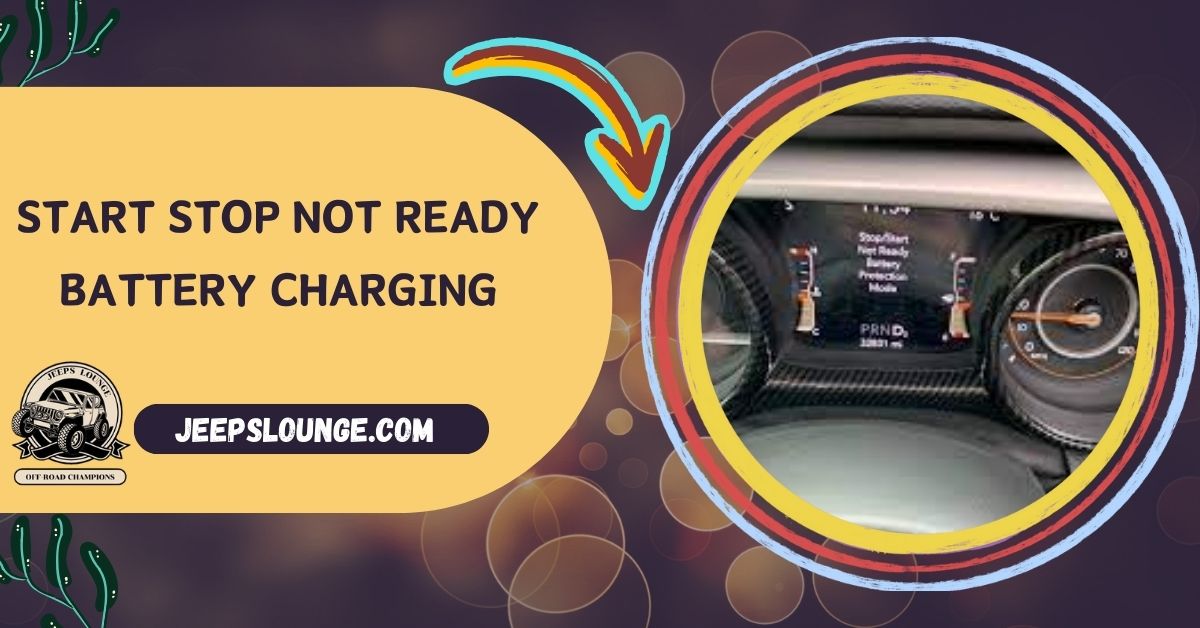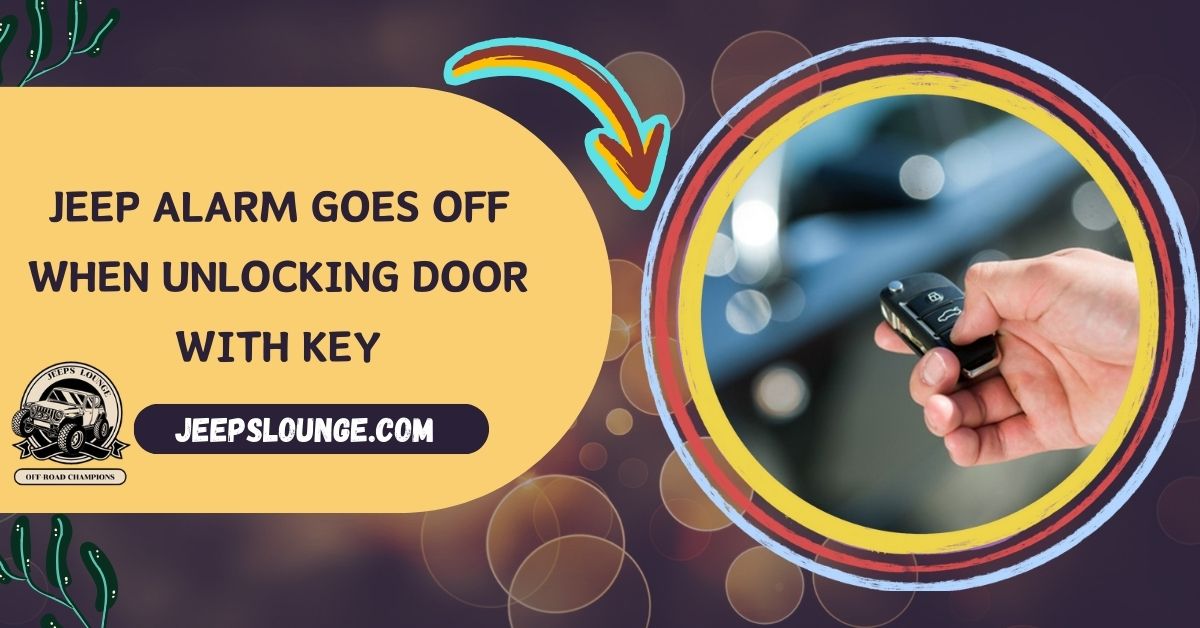Imagine cruising down the highway, fuel efficiency at its peak, thanks to your car’s nifty start-stop system. Suddenly, a cryptic message flashes on your dashboard: “Start Stop Not Ready Battery Charging.” Confusion sets in. What does it mean? Is your car about to stall at every red light? Is your eco-warrior status officially revoked? Don’t panic, fellow driver!
While your aux switches might function, the warning could indicate potential underlying electrical issues that haven’t fully manifested yet. It’s best to check your battery voltage, inspect connections, and consider professional diagnoses to address any problems before they cause more significant issues.
This guide will help you understand the “Start Stop Not Ready Battery Charging” warning and restore your system to a fuel-saving rhythm.
Table of Contents
Decoding The Message: Why Your Start-Stop System Isn’t Ready To Party
The “Start-Stop Not Ready Battery Charging” warning might sound ominous, but understanding how the system works and the potential culprits behind the message can demystify the issue and empower you to tackle it head-on.
Under The Hood Of Start-Stop:
Imagine your car’s heart (engine) taking mini-breaks at red lights and traffic jams. That’s the magic of start-stop! But here’s the catch: this constant switching on and off requires a healthy battery capable of delivering powerful bursts of energy and recovering quickly. So, when the battery’s not at its best, the system throws up the warning flag.
Now, let’s explore the potential suspects behind the message:
Low Battery Voltage:
Think of your battery as a phone battery – low charge equals limited function. If the voltage dips below a specific level due to age, heavy accessory usage, or extreme temperatures, the system might disable itself to protect essential functions.

Faulty Battery:
Even if the voltage seems okay, internal damage within the battery could hinder its ability to meet the start-stop system’s demands, triggering the warning.
Sensor Issues:
Sensors monitor various factors like battery temperature and engine load. A malfunctioning sensor sending incorrect information could confuse the system and disable start-stop functionality.
Extreme Temperatures:
Both scorching heat and cold can stress your battery, making it harder to deliver the required power. This can temporarily turn off the start-stop system to prevent damage.
Software Glitch:
While less common, a glitch in the car’s software managing the start-stop system could lead to the misleading “Battery Charging” message, even if the battery itself is fine.
Remember: This list is not exhaustive; specific causes might vary depending on your car’s make and model. Consulting your owner’s manual for detailed information about your particular system is always recommended.
Roll Up Your Sleeves: Troubleshooting The “Start Stop Not Ready Battery Charging” Warning
The “Start-Stop Not Ready Battery Charging” warning might have you pulling over in confusion, but don’t despair! Before heading straight to the mechanic, try these simple troubleshooting steps to get your start-stop system back in action potentially:
Check Battery Voltage:
Grab a multimeter and measure the voltage across your car’s battery terminals. Consult your owner’s manual for your vehicle’s recommended voltage range. If the reading is significantly lower than specified, consider charging the battery or seeking professional help if it doesn’t hold a charge.
Inspect Connections:
Loose or corroded connections at the battery terminals can disrupt the flow of electricity, potentially affecting the start-stop system. Inspect the terminals for any looseness or signs of white, crusty buildup (corrosion). Tighten loose connections and clean corrosion with a wire brush for battery terminals. Caution: Always wear gloves and eye protection when working around batteries.

Consult Your Owner’s Manual:
Your owner’s manual is your go-to guide for troubleshooting. Look for specific sections related to the “Start Stop Not Ready Battery Charging” warning or start-stop system troubleshooting in general. Your manual might offer additional model-specific steps or diagnostic codes to help pinpoint the issue.
Consider A Battery Load Test:
While checking voltage can give you a basic idea of your battery’s health, a more thorough load test can reveal hidden issues. Many auto parts stores or mechanics offer this service, testing the battery’s ability to deliver sustained power under load, simulating the demands of the start-stop system.
While these steps often resolve the issue, remember that complex electrical problems or faulty components might require professional diagnosis and repair.
Additional Resources: Conquer The “Start Stop Not Ready Battery Charging” Warning
While understanding the general problem is crucial, tackling it effectively requires specific information about your Jeep model. To personalize this section, please let me know the Jeep model you’re targeting (e.g., Wrangler JL, Gladiator JT, Grand Cherokee WK2). With that information, I can provide relevant and valuable resources like:
Online Communities And Forums:
Jeep-specific forums:
Gladiator:
Grand Cherokee:
Manufacturer Support Pages:
Jeep Official Support Page: https://www.stellantis.com/en/contacts
Search for your specific model and keywords like “Start Stop Not Ready Battery Charging” or “Start-Stop System Troubleshooting.”
Helpful YouTube Videos:
Search for videos about your Jeep model and the “Start Stop Not Ready Battery Charging” warning. Examples:
- Wrangler JL: “Wrangler JL Start Stop System Warning – Troubleshooting” by The Jeep Medic
- Gladiator JT: “Gladiator JT Start Stop System Not Working – Fix” by Garage 54
- Grand Cherokee WK2: “Grand Cherokee WK2 Start-Stop System Issues – Explained” by ChrisFix
Faqs:
My Aux Switches Work Fine, But I Still See The Warning Sometimes. What Could Be Causing This?
While your aux switches might function, the warning could indicate potential underlying electrical issues that haven’t fully manifested yet. It’s best to check your battery voltage, inspect connections, and consider professional diagnoses to address any problems before they cause more significant issues.
I Tried Your Troubleshooting Tips, But The Warning Persists. What Now?
Don’t hesitate to seek professional help from a qualified mechanic familiar with Jeep electrical systems. They have the expertise and tools to diagnose complex issues and recommend the most suitable solution.
Can I Upgrade My Battery To Prevent This Issue From Happening Again?
Upgrading your battery to a higher capacity or installing a dual battery system can provide more power and resilience, potentially reducing the chances of voltage drops triggering the warning. However, consult a professional to ensure your electrical system can handle the upgrade safely and effectively.
Where Can I Find Specific Troubleshooting Steps For My Exact Jeep Model?
Your owner’s manual is your first resource. Look for the “Start Stop Not Ready Battery Charging” section or consult the index for related troubleshooting guides.
Is It Risky To Ignore The Warning Altogether?
While ignoring the warning might not cause immediate problems, addressing the underlying issue is advisable to prevent potential damage to your electrical system, battery, or other components.
Conclusion:
The “Start-Stop Not Ready Battery Charging” warning might have thrown you a curveball, but remember, this guide has equipped you with the knowledge and tools to diagnose the issue and get your fuel-saving friend back in action.
So, get out there, explore, and let the spirit of adventure illuminate your path, powered by the unwavering support of your now-healthy start-stop system!
Prioritizing safety, utilizing professional help when needed, and staying informed are keys to keeping your start-stop system humming and your off-road adventures worry-free!




